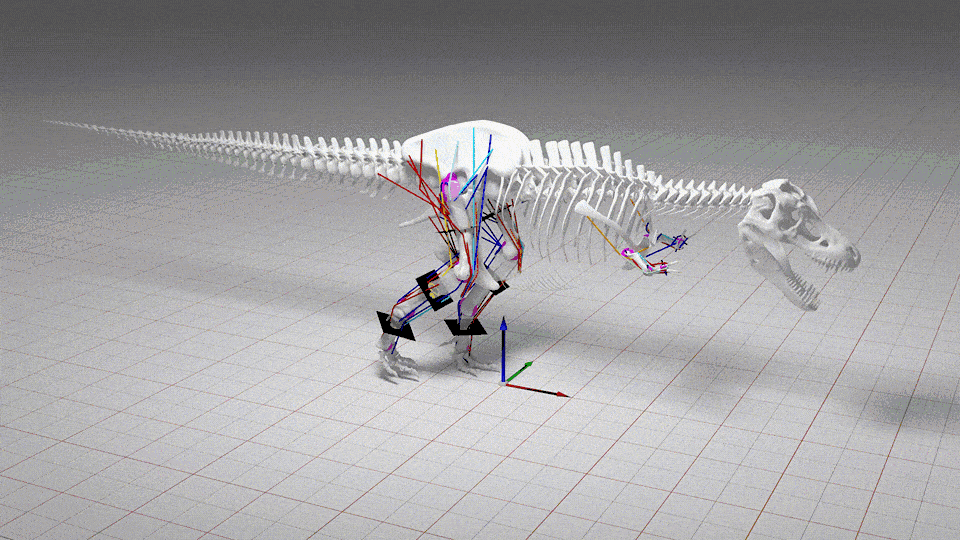QUICK FACTS
Name: Apulian dog head rhyton
What it is: A terracotta cup in the shape of a dog’s head
Where it is from: Puglia, Italy
When it was made: 340 to 330 B.C.
This terracotta cup was made to resemble the head of a Laconian hound, an extinct Greek hunting breed also known as a Spartan hound. Discovered in the “heel” of Italy’s “boot,” the rhyton — a kind of drinking vessel — shows the influence of Greece on southern Italy 2,300 years ago.
This rhyton, housed at the Getty in Los Angeles, was likely made in the workshop of the Darius Painter, a modern name for the artisan whose vase-painting style was well known throughout Puglia and who was particularly prolific between 340 and 320 B.C.
Measuring approximately 8 by 4 inches (20 by 10 centimeters), the rhyton is covered in a black glaze, save for the dog’s ears and nostrils, and its eyes are coated in a diluted glaze. On the bowl of the cup, a satyr — a half-man, half-goat woodland mythological creature — holds a plate and a staff, surrounded by leaf- and egg-shaped patterns.
Related: Lviv pysanka: World’s oldest Easter egg
The dog, whose face makes up the lower part of the rhyton, is a hound breed that originated in Laconia, a region of ancient Greece where Sparta was located. Because the Laconian hound was well known for its hunting abilities, it was depicted on numerous mosaics, gravestones and drinking cups.
MORE ASTONISHING ARTIFACTS
Ancient Greeks used rhytons at drinking parties or in ceremonies. It is notable that these vessels did not have flat bottoms, so they could not normally be set down on a table. Rhytons as a style likely evolved from earlier drinking horns common in Eurasia in the Bronze Age (roughly the second millennium B.C.), but with a Greek twist: Many rhytons depicted satyrs, which were symbols of debauchery and drunkenness. Dogs were not the only animals whose heads were made into cups; horses, stags, cats, rams, boars, lions and even mythical creatures, like griffins, adorn ancient rhytons.
In addition to being cool cups at boozy bashes, rhytons may have been used ceremonially to pour offerings of wine, oil or blood, particularly during animal sacrifices.
This Laconian hound rhyton shows the strong influence of Greek culture on southeastern Italy, which was called Magna Graecia (Greater Greece) in the fourth century B.C. This area was not annexed by the Romans until 205 B.C.














